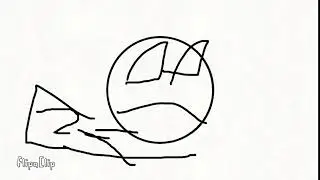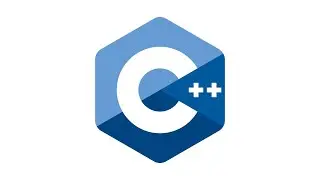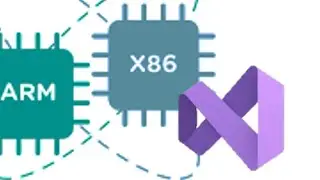Learn Kotlin 06 Math library (package)
Summary: Navigating Mathematical Power in Kotlin: Exploring the Math Library for Advanced Calculations
The video "Navigating Mathematical Power in Kotlin: Exploring the Math Library" embarks on a comprehensive journey into the mathematical prowess of the Kotlin programming language. Focusing on the Math library— a versatile package embedded within Kotlin—the video showcases the extensive range of mathematical functionalities available to developers. This summary encapsulates the key takeaways from the video, spotlighting the utilization of the Math library's features through examples like the constant PI, trigonometric functions, logarithms, absolute values, and other mathematical gems.
Part 1: Introduction to the Math Library
The video commences by introducing the Math library as an indispensable toolkit for harnessing complex mathematical calculations in Kotlin. Designed to facilitate sophisticated computations, the Math library emerges as a treasure trove for developers seeking to perform intricate mathematical operations within their programs.
Part 2: Unveiling the Power of PI
With precision and clarity, the video highlights one of the most iconic mathematical constants—the mathematical constant π (pi). By demonstrating how Kotlin's Math library incorporates this value, the video underscores the practicality of the library for precision-based computations and geometric operations.
Part 3: Navigating Trigonometric Functions
Delving into the heart of the Math library, the video mentions trigonometric functions— sine, cosine, and tangent.
Part 4: Mastering Logarithms and Exponents
The video ventures into the territory of logarithms and exponentiation.
Part 5: Embracing Numerical Powerhouses: Absolute Value and More
The Math library's capabilities extend to everyday numerical necessities. From computing absolute values to determining the maximum or minimum of a set of values, the video underscores the library's versatility in simplifying coding tasks that involve mathematical manipulations.
Part 6: Amplifying Your Kotlin Experience with the Math Library
The video concludes by underscoring the value of the Math library as an instrumental tool that empowers developers to create advanced, mathematically-driven functionalities within their Kotlin applications. It encourages viewers to explore the library's offerings and integrate its capabilities to elevate their coding prowess.
Throughout the video, illustrative examples and concise explanations guide viewers through the application of the Math library's functionalities. By engaging with concrete scenarios, such as calculating angles, evaluating logarithms, and finding absolute values, the video cements the practical relevance of the Math library in Kotlin programming.
Conclusion:
"Navigating Mathematical Power in Kotlin: Exploring the Math Library" unearths the multifaceted gem that is the Math library, encapsulating a treasure trove of advanced mathematical functions within the Kotlin programming language. From constants like π to logarithms, trigonometry, and beyond, the Math library equips developers with an array of tools for tackling intricate mathematical problems. Armed with this knowledge, Kotlin programmers are poised to create applications that seamlessly blend mathematical sophistication with practical utility.
Note: This summary captures the central themes of the video regarding the Math library's features in Kotlin, with a focus on the PI constant, trigonometric functions, logarithms, and other mathematical functionalities. The intention is to provide readers with a concise yet comprehensive overview of the insights delivered in the video.































